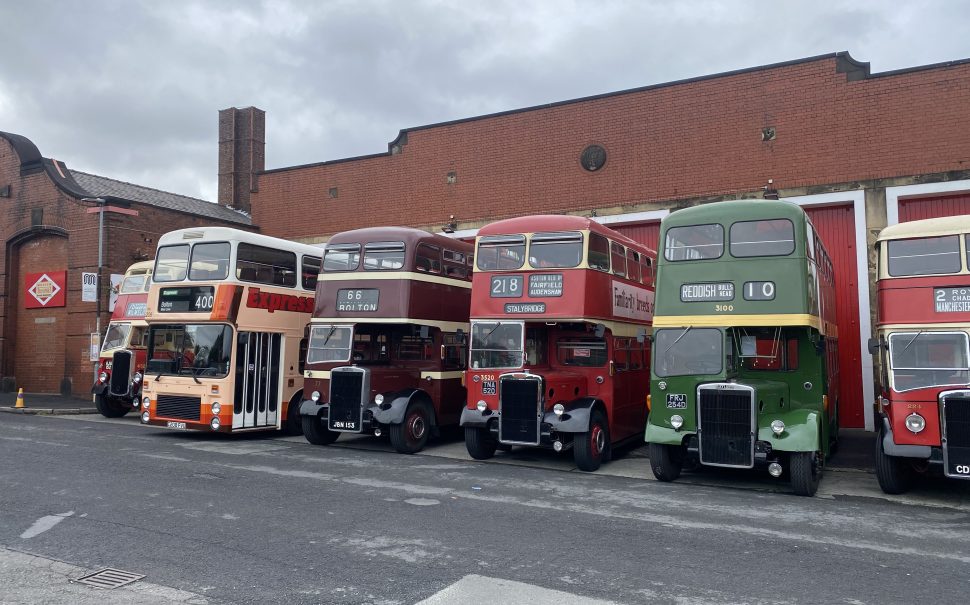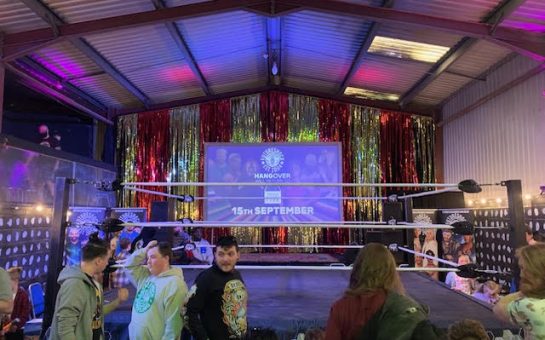Tucked away down Boyle Street, off Queens Road, is the Manchester Museum of Transport. With two large halls filled with the vehicles which transported Mancunians in times past, a trip down the nostalgia bus lane is guaranteed.
On Sunday, dozens of classic car owners brought their automobiles of all ages to the museum, making an impressive and dense display of glistening chrome and perfectly polished paintwork.
Petrol heads delighted in seeing the cars their parents and grandparents drove decades ago. Perhaps Beryl, the immaculate sage green Ford Popular from 1958 evoked memories of drives down A-roads in one of the few new cars available after the war.
The Humber Hawk parked casually between a Mk. 1 Fiesta and Seat Ibiza, meanwhile, could have been driven by a village family doctor, or Inspector George Gently, perhaps.
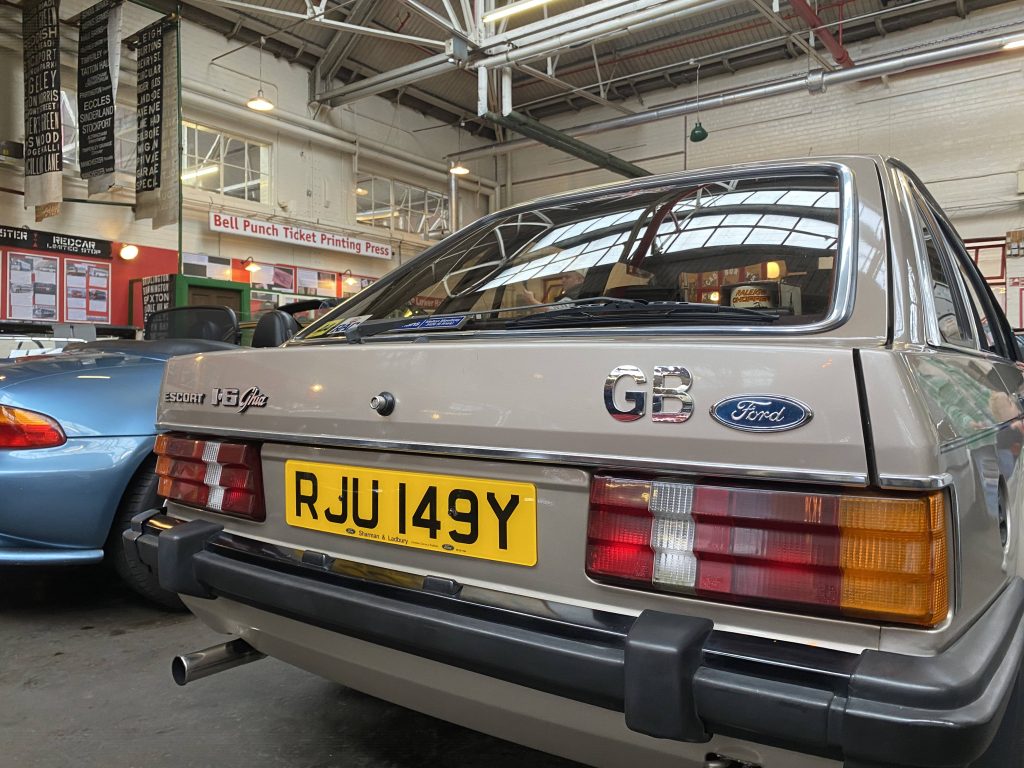
Those who grew up in the ‘70s and ‘80s, meanwhile, will surely have delighted at those attainable British sports cars, the MG MGB and the Triumph TR8.
Or for those whose dad valued luxury over speed, there was a stunning 1983 Ford Escort, in the Ghia trim reserved for the badge-conscious.
16 years later, the envy of the company car lot would have been the imposing Rover 800 — a Stirling Vitesse, no less — which combined luxury and speed. This you can see in those gorgeous Recaro seats, with supple leather and supportive bolstering, and the presence of twin airbags.
The driver’s airbag was memorably described by Jeremy Clarkson as a ‘large grey buttocks,’ but in the event of a crash I’d take a steering-wheel made of buttocks over bakelite any day.
Although the cars were the stars on Sunday, really the Manchester Transport Museum is all about the buses. What a thrill it is to see a bus 60 years old, with route “59 Oldham” displayed — a service still familiar to Mancunian commuters today.
Kelvin Platt is one of around 50 volunteers at the museum. Vice Chairman of the Greater Manchester Transport Society, the charity which runs the museum, Platt helps keep the vehicles of the museum roadworthy.
Tucked away in a corner of the museum is the workshop, a cornucopia of oily parts, rust, and vehicles in various states of repair. Some are currently mere shells, skeletons bolted together like wire corsets.
When access to the undercarriage is required, Platt makes his way into the pit, which in keeping with the nostalgia of the museum is tiled like an old public convenience.
“They were designed for ease of maintenance,” Platt said. The buses, that is, not the public conveniences.
Platt’s love of buses began when he and his family moved from north Wales to London.
“I hadn’t taken much notice of the buses before, but when we moved to south-east London I noticed how old fashioned some of the buses were. It was a novelty.
“Travelling to and from school, I soon found out that the older buses were quicker. You got on, the conductor rang the bell, and then collected the fairs.
“The new buses they were introducing, you had to queue to pay the driver, or use the turn-style, which nine times out of ten didn’t work.”
Platt would later move to Bury, where he was a secondary school teacher over three decades. Whilst maintaining this full-time role, he took on a weekend job which transported him to his teenage years.
“In 1997 I got the opportunity to work on the route 19 in London, with the Routemasters. I was their very last conductor on the very last night, as they phased the last Routemasters out.
“They said they wanted me to do it, as I’d done so much for the garage. Usually when I was down there, if something needed fixing, I knew how the Routemasters operated, so we could sort the problems out.”
Platt worked on the Routemasters every weekend until 2005. He explained the practicalities of his commute to this unusual second job:
“I’d teach in Bury five days a week, go [to London] early Saturday morning, and work on the 19s until the last one came back at 1:30 am in the morning.”
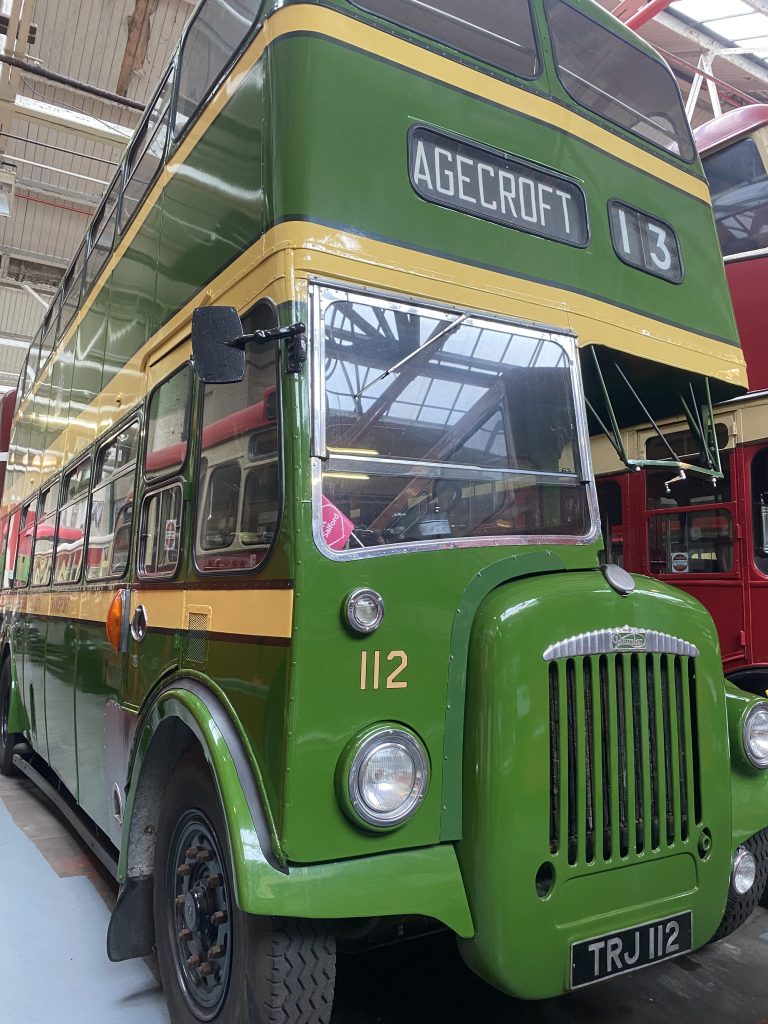
As the Routemasters were finally phased out of service for good, Platt had the opportunity to buy a Routemaster of his own. For £2,000, Platt became the proud owner of a former Number 12, which had carried passengers for 32 years.
Platt now owns 11 buses, one of which is on display in the museum. A Salford City Transport bus, in a vibrant green with three fetching cream stripes, one could hardly imagine a more glamorous way to travel to Agecroft Power Station.
Six more of his buses are roadworthy, stored in “a farm near Nantwich,” and another two are “very close.”
Philip Cowling is another of the museum’s volunteers. He emphasised the work the museum and transport society do in remembering Manchester’s transport heritage. As well as the physical exhibits, for instance, the society also looks after a huge archive of transport related documents, from old timetables to advertisements.
As Manchester undergoes ever more construction and physical transformation, their work becomes even more important. As Cowling explained:
“Until a few years ago you would have seen trolleybus poles on the road.
“It’s only recently that the last of the trolleybus poles disappeared. So people now won’t know where the trolleybuses ran.”
Manchester’s current tram network is now the UK’s most extensive, but it could not compete with the old trolleybuses. They made it all the way to Stockport, whilst even Glossop had its own service at one point.
Any trace of the former network served as a reminder of the connectivity we in Manchester once enjoyed.
Cowling detailed the huge variety of work the museum volunteers take on: “We spent a lot of time over the last week cleaning buses. Setting destination blinds, so that people can relate to the routes that they ran on.”
This work was in aid of the launch of Manchester’s new Bee Network, for which the museum provided four classic buses, in different liveries. The maintenance work in the museum never stops, however, and nor do the events held there.
The next scheduled event is the ‘Christmas Cracker,’ which will be held on December 2-3. Stalls of “bus related material” are promised, selling everything from timetables to ticket machines.
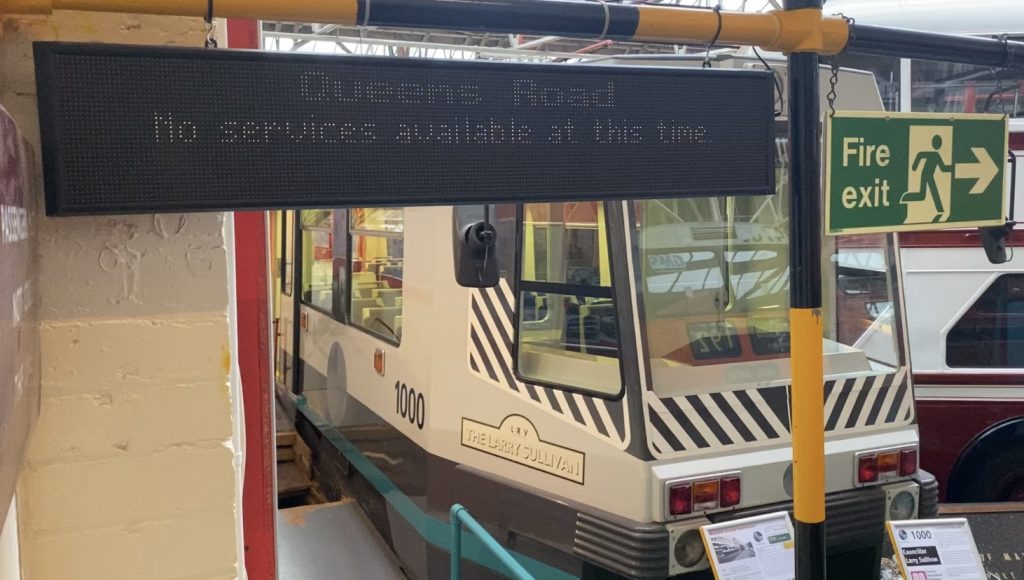
Next year, the museum plans a series of events celebrating the 200th anniversary of bus travel. In 1824, John Greenwood began the UK’s first regular horse-drawn coach service — and it started here, in Manchester.
This was an obvious point of pride to those at the museum. As Kelvin Platt related his stories on the London Routemasters, he raised a point that demonstrated Bury truly had become his home:
“London always claimed they had the bus services first, [but] Salford and Manchester were five years in advance of them.”
Greenwood’s coach service really was a revolution. As Philip Cowling explained, coach services did exist before Greenwood — this was indeed the age of the highwayman — but they travelled between cities, and had to be booked in advance.
“This was to provide a service between Salford and Market Street in Manchester, and you just boarded the bus and paid the fare.”
Five events are planned for 2024, which will cover the history of public transport from 1824 to the present day. Finding a bus from 200 years ago is, mind, something even Kelvin Platt has failed to achieve:
“There’s not much around from 1824… the horsebus [on display in the museum] is from about 1875.”
Whilst transport experts may have been able to date that horse-drawn open-topped carriage so accurately, had they told me it was the original horsebus, I wouldn’t have batted an eyelid.
The Manchester Museum of Transport is a partnership between Transport for Greater Manchester and the Greater Manchester Transport Society. The museum is open on Wednesdays and weekends between 10am and 4.30pm.
